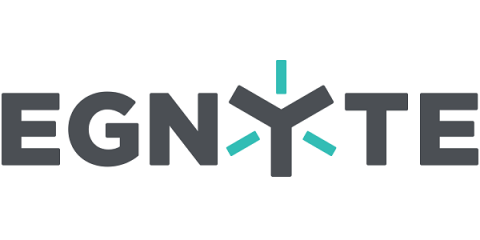Minimizing Cyber Risk in Microsoft Environments
Microsoft’s enterprise software powers the majority of large environments. Though often hybridized with open source solutions and third party offerings, the core components of Windows Server, Exchange, and SQL Server form the foundation of many organizations’ data centers. Despite their prevalence in the enterprise, Microsoft systems have also carried a perhaps unfair reputation for insecurity, compared to Linux and other enterprise options.







